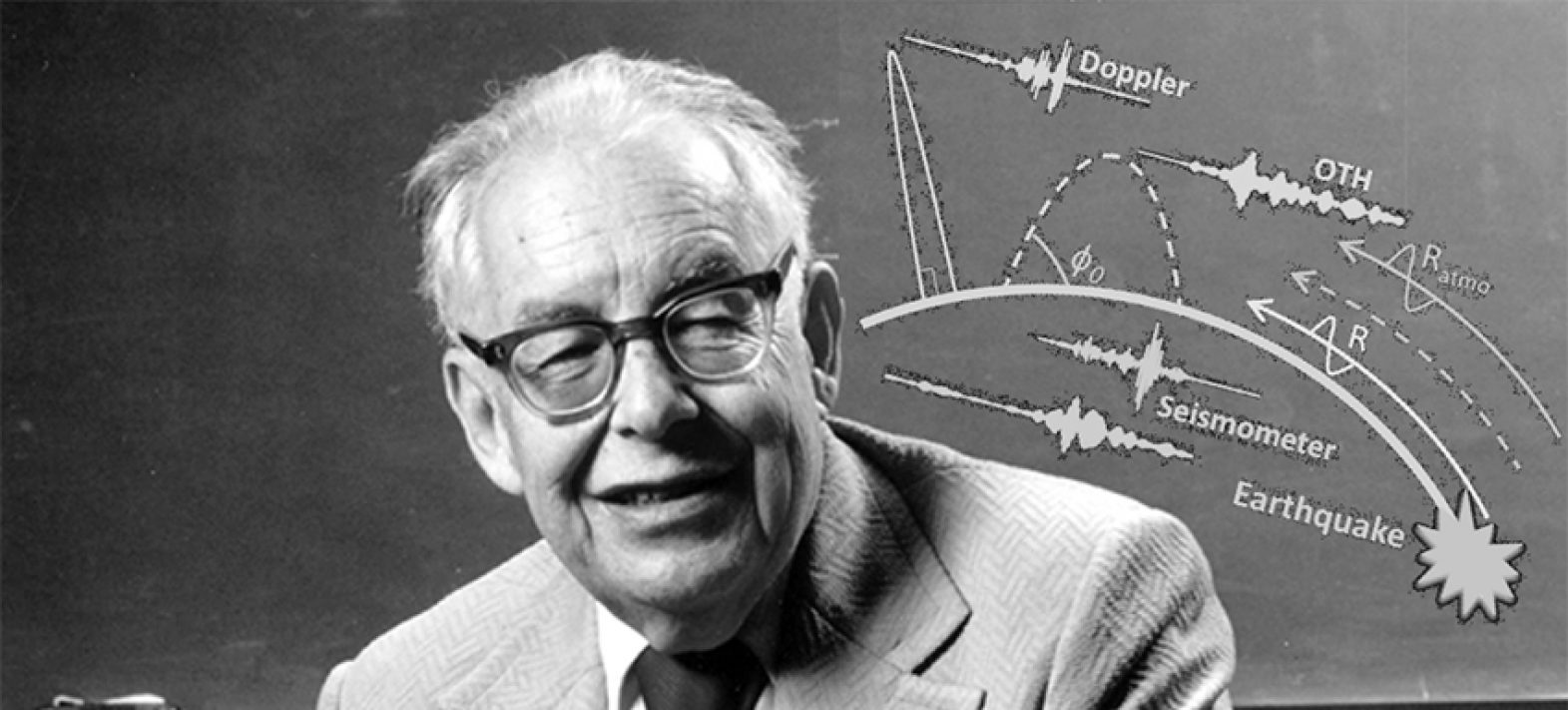Find out the magnitude of earthquakes by observing the atmosphere!
A study, published in the journal Nature - Scientific Reports on January 24th 2018, and signed by Giovanni Occhipinti (from the Planetology and Space Sciences team, also a junior member of the Institut Universitaire de France) and two IPGP PhD students, Florent Aden-Antoniow and Aurélien Bablet, introduces a new magnitude, Mi (ionospheric magnitude), capable of transforming oscillations in the ionised layers of the upper atmosphere detected by CEA and ONERA radars into seismic information.

Charles Richter and the magnitude equation (photo montage).
Publication date: 26/01/2018
General public, Press, Research
Related teams :
Planetology and Space Sciences
Related themes : Natural Hazards








